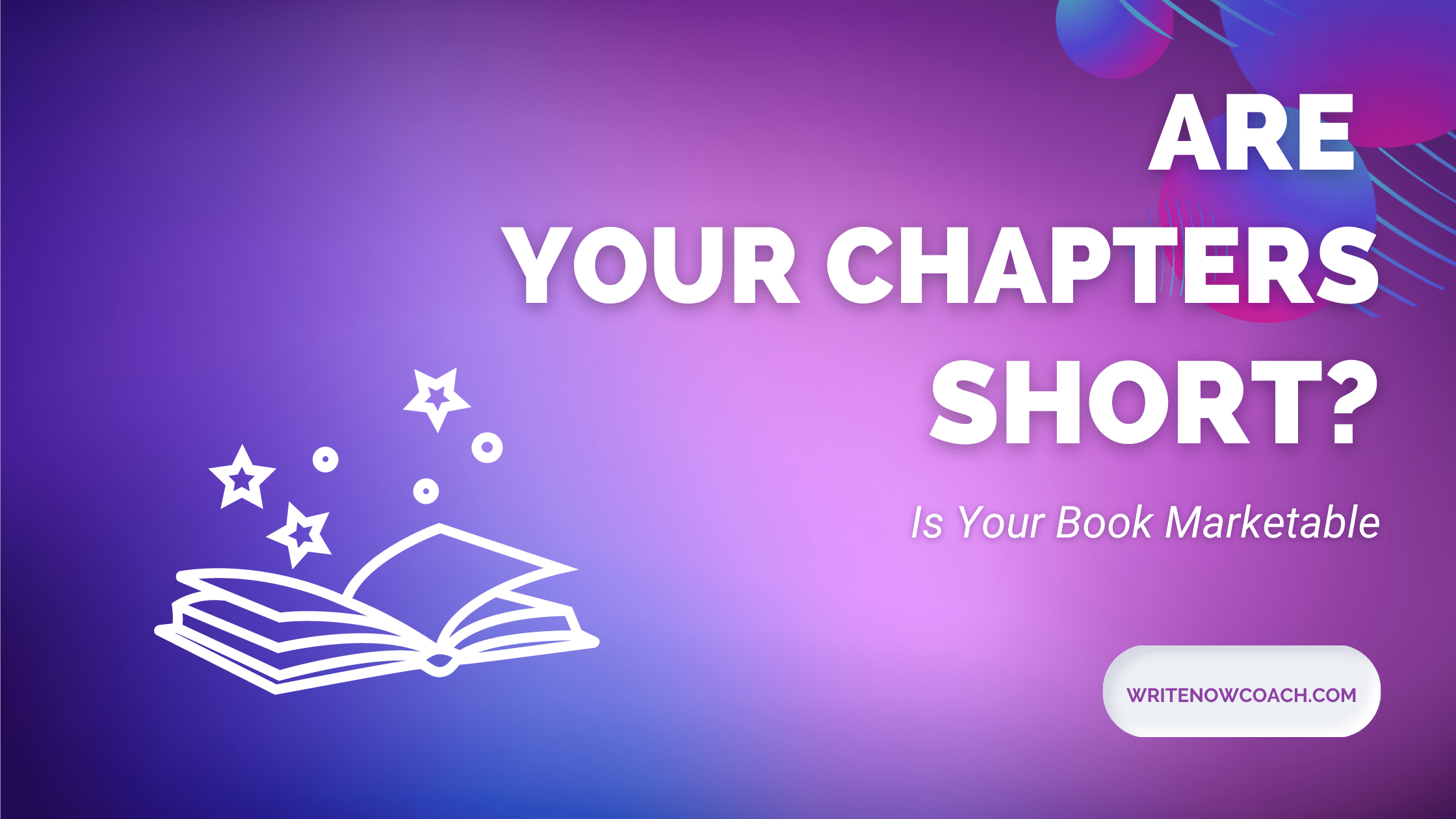Check Your Chapter Length
by Rochelle Melander
There was a time in my life when I experienced severe anxiety. Searching for a solution, I bought books. At the time, most of the books I could find on the topic were long, academic tomes. I felt overwhelmed and tired as I paged through the books looking for the most helpful headers. I scoured the indexes for “exercises” and “quick fixes.” The authors had advice to give, I’m sure of it, but I didn’t have the energy to wade through hundreds of pages of research studies to find it. The books were too long and dense to help me when I needed it.
I’m not alone. As readers have gotten used to skimming through online articles and blog posts, they’ve gotten more impatient with long and winding 6000-word chapters that delve deep into a topic. I’m not saying there isn’t a place for those books. But if you want to appeal to more readers, then write a book they can navigate. Your Instagram-trained readers want content built like blogs.
The book How to Keep House While Drowning: A Gentle Approach to Cleaning and Organizing by k.c. davis has 41 short chapters in a 152-page book (some of that is the appendix). Some chapters are just half a page long. Anything longer than a page includes at least one header, sometimes more. Readers can quickly skim through the book only reading the headers and bolded sentences—an intentional design to support neurodivergent and overwhelmed readers.
But Davis’s book design is just one of many popular books that lean on short chapters. Science journalist Catherine Price’s book How to Break Up with Your Phone: The 30-Day Plan to Take Back Your Life has just ten short chapters followed by four chapters that outline the weekly plan. Matt Haig’s The Comfort Book doesn’t even have chapters. It’s just a collection of short stories, quotes, ideas, and poems that bring him comfort. Maggie Smith’s Keep Moving: Notes on Loss, Creativity, and Change also collects short pieces, gathering them together in three thematically-organized sections.
Books with longer chapters can support readers by using more headers. Catherine Price wrote The Power of Fun: How to Feel Alive Again to help readers engage with life. But the chapters are long—20-40 pages each. Price has made the book readable by including plenty of headers. She also adds interactive sections, which you’ll soon find out is another key to making your book readable in the modern age.
Your turn
When you plan your book, think about how you can present your book in short, bite-sized pieces of information. If your book topic is longer and more complicated, consider how you can provide natural breaks for the reader. These might include:
+Sections
+Chapters
+Headers at multiple levels
+Illustrations
+Interactive features (quizzes, questions, quests)
Chime in
What do you think of the trend toward shorter chapters? Leave a comment below.

Write Now! Coach Rochelle Melander is an ADHD-trained professional certified coach who has helped hundreds of people write and publish books. She’s available to help you create a plan for your writing project, overcome distraction and procrastination to start and finish your writing, and navigate publishing and marketing your book. Book a private consultation: https://writenowcoach.com/consultation/









